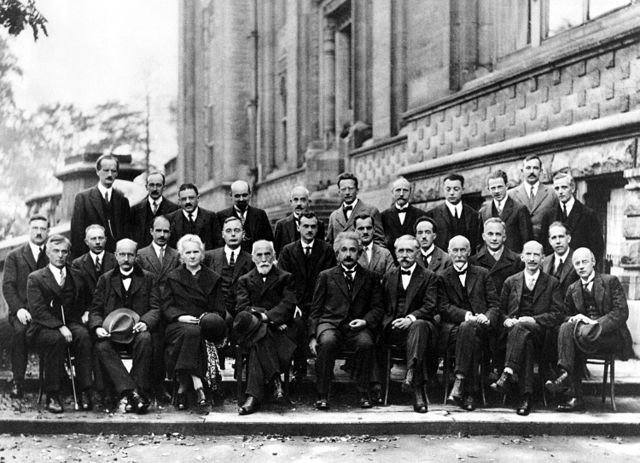“The scientific method may be impartial, but the scientific culture is not.”
-Hope Jahren
At first glance, The Only Woman in the Room is just another portrayal of a common narrative, documenting a woman who liked science but was frightened away from that male-dominated field. Yet author Eileen Pollack’s work ought not to be so easily dismissed. Indeed, her work is a standout in a cluttered field. Her account is compelling—and by extension terrifying—because of how personal it is. Pollack’s experiences show that certain stereotypical male behaviors are often too real and too discouraging. While she enjoyed studying physics at Yale, and was an exceptional student, she did not find the same sort of community or support that she discovered in her English classes.
Pollack takes on the traditional narrative with the skill of a talented writer and the critical design of a scientist. Tracking her trajectory from discouraged middle-school-romantic to frantic Yale undergraduate, she considers the bureaucratic and behavioral paradigms that contribute to gender inequality in STEM. Instead of dwelling on the statistics, she uses them as a foundation for her own personal narrative.
As a writer and teacher, Pollack knows the impact a good story can have: “The studies were already out there and most people weren’t listening,” she explains, referring to the gender gap in STEM. She understands that most roadblocks for female scientists are social, psychological, and sometimes even romantic, and they can arise just as often from peers as professors. Pollack encourages other women to be equally introspective. “By getting so personal about my own story, I wanted to inspire other women to do the same—to get a conversation going,” she said. Her goal is to reach aspiring undergraduates, but also the girls who were never encouraged to move past LEGOs. “The women who aren’t in the room at all,” said Pollack. She also hopes to educate male scientists who may be unaware of the immense repercussions of their casual offhand comments. Her book does not speak for every female scientist and does not attempt to, but it successfully creates broader conversations among its readers.

